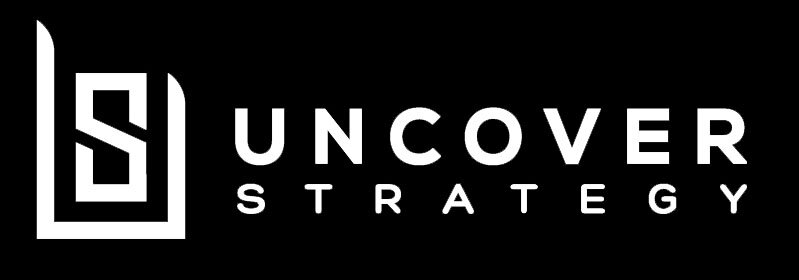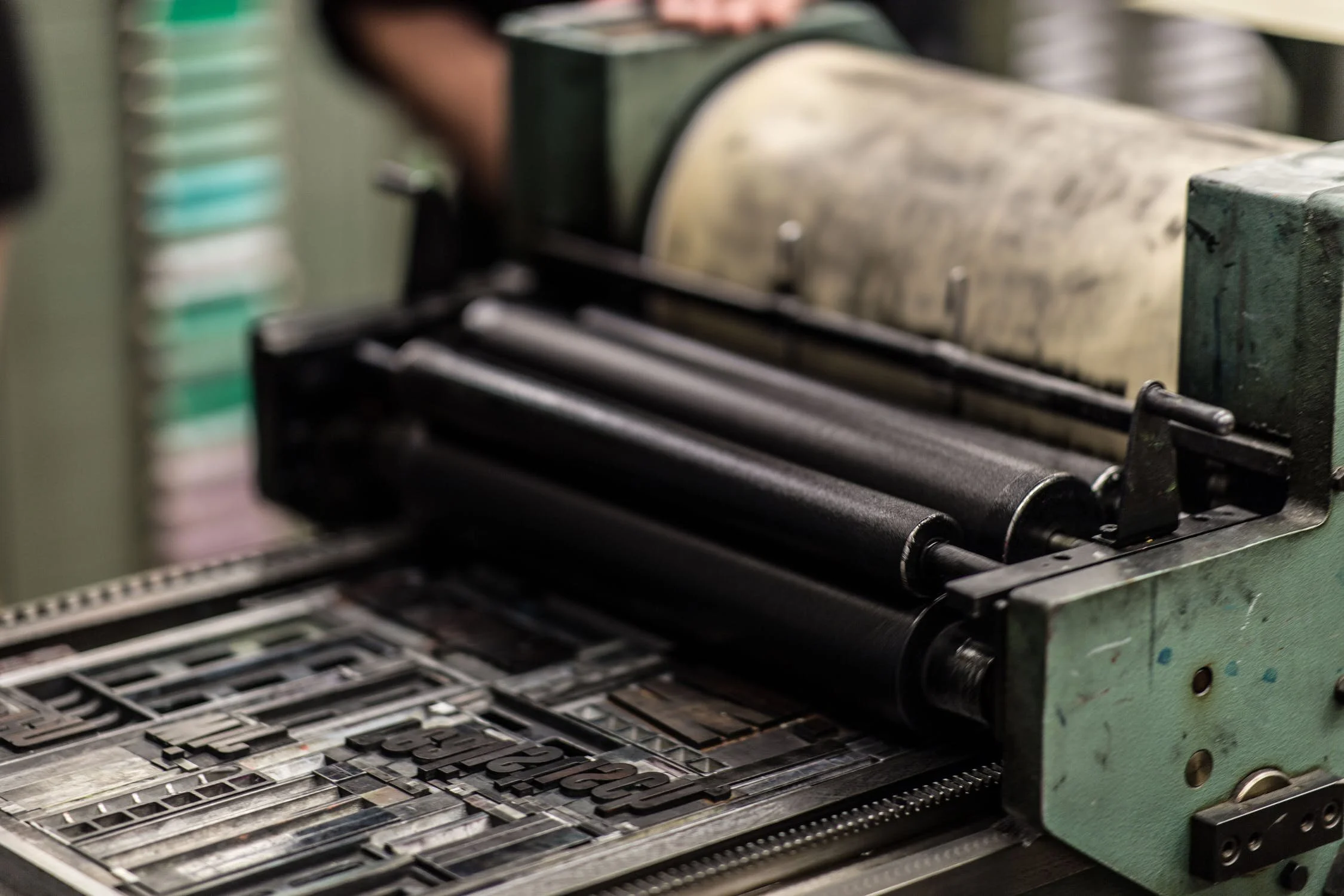3 Personal Strategies I Developed Using (Bad) Printers
Consider the purpose.
How happy are you with your printer at home or work? Has it always printed when you needed it to?
If so, please let me know which one you own. I am begging you. And no, the brand name is not enough. I need model, make, month and year of production. I need to go to that company's sales department and order them for work and at home.
Broken printers have been a key issue in my personal and professional career for as long as I can think. Some were better, some worse. But they all had one key issue in common.
They didn’t print (reliably).
Reliability - what does this even mean?
According to the Cambridge dictionary, reliability is “the quality of being trusted or believed because of working or behaving well”. Note the part “being able to” and “trusted”. This is making me think.
Am I an exception? Am I at the statistical end of the spectrum? Maybe others do not experience issues (apart from the occasional “I am out of paper” or “I am out of ink” message)?
I would however, make the bold statement that I am not the only one out there. The New York Times blogging section related to this issue before as well (read here: “Why All Printers Suck (Even the Best Ones)”). Even at work, using printers worth thousands of Euros, a dedicated staff person (!) was part of the service package that came with the printers. And he had to come to the location almost every day.
1. Turn the “80/20” principle into reality.
I am sure you know the 80/20 principle or have at least heard about it. It refers to the overwhelming statistical imbalance of proportions in so many things we do every day. Essentially, the principle originally developed by Italian economist Vilfredo Pareto states that 80% of outcomes result from 20% of the inputs. While counterintuitive, this might mean doing less or at least concentrating on that 20% that is vital (reaching the last 20% takes disproportional effort). You might simply be better off investing your time in a different area. But doing this, in reality, is sometimes hard to recognize. If you are interested in the real-world application of the principle, I found the book The 80/20 Principle: The Secret to Achieving More with Less from Richard Koch highly engaging.
Relating this to my printer dilemma, this was one of the first times I truly recognized the 80/20 principle. And it served me very, very well. How? I took a hard look at what I am actually trying to achieve by printing. And if I can achieve the same with less.
What is the outcome I want to achieve, that hold value?
Printing Items, frequency, reasons and improvements.
(Source: Simon Beuse, 2021)
Printing university slides and documents for review and study. Printing return labels for shipping. Printing photos (seldom, and if I did, it emptied more than 10% of the ink containers for one page). Printing documents to cancel subscriptions and contracts. Printing things to read in bed to reduce blue light bleed that prevents me from sleeping (discover one alternative named ‘Twilight’ )
Armed with the outcomes desired, I applied the 80/20 principle. What can I do differently? Does it need to be printed? What am I trying to achieve?
An interesting outlet at West Lakes Shopping Center.
Source: Simon Beuse, 2021
Now, this is a very personal list. I understand some might not be willing to utilize eReaders such as the Amazon Kindle or might return so many items that they need a printer to make the process more efficient. What I am saying is to challenge where you are right now and consider where the most, real value lies for you.
2. Keep life simple.
The kid’s toy manufacturer LEGO from Denmark, founded by Ole Kirk Christiansen, has had its fair share dealing with complexity. With toy sets becoming increasingly complex, LEGO decided to go back and re-use blocks from older sets. The HBS case from Professor Stefan H. Thomke points out how crucial this was for the organisation to go forward, profitable. "Complexity is something you need to watch very closely." says Thomke.
Printers can be similar. Especially those that you can buy for just a few dollars at your local office store. They have many parts - and those have to work together. And most probably, those parts have bigger tolerances than the more expensive ones.
The official LEGO store near the Rockefeller Center in New York
(Source: Simon Beuse, 2019)
I spent a great deal of time fixing my printer. Ink empty. Feed jammed. Error codes that do not make any sense. To say that I was frustrated would have been an understatement (we have all been there, right).
I gave it a hard look. How could I make the process more simple? I was able to eliminate most of my printing needs. But some remained. What can I do? On certain occasions, you need things black on white on a white sheet of tree material. And out of all these times, it was never urgent.
So I combined efforts. Going to university almost every day, having access to a printer that is (somewhat) supervised and (most often) functional, I started using the printer at my university for everything. I sat down in class, sent off the print jobs, and before leaving, just hooked up my machine to the printer and gather all prints when I left. Done. No more time wasted trying to fix that weird line on my print, looking online for cheaper and cheaper ink or dealing with my customer support for a 50€ printer. Counting everything together, I could estimate to have saved at least 20 hours each month. Recurring.
Before you point out my misuse of university equipment: I paid for the prints by paying for extra printing cards.
3. Don’t update. Upgrade.
A strategy considers your position and environment and the factor change (learn more about the dimensions of strategy here). While this next tip, as much as the tips before, are more operational than strategic, I still find it important. As you may know, strategy is not operationally effective.
Giving you the table above, I already showed you what I usually print for. Analysing the reasons, I could find patterns. Many of the use-cases and true underlying reasons will vanish in the future anyway. I printed contract details to save the contract in my personal archive. Possibly, there might not even be an option to print in the future because that could mean someone could alter a document after the fact without a digital signature of some sort. Who knows.
In essence, if you analyze your position and where the trend is going, you might conclude what not to do. In the future, that “processing paper” will go away. That also means your own personal postbox-to-archive-folder paper processes. Why am I adding more paper on a pile that eventually will need scanning and filtering as I can not cope with the amount anymore?
Updating in this sense would be buying another printer. Upgrading would mean eliminating the paper straight away.
I took my “Upgrade” to my heart. How could I create a hybrid environment that would consider the current, paper-based world (it was 2012 at the time) and make it future proof?
No surprise if you ask my friends: I am a Google ‘Fan-Boy’.
(Source: Simon Beuse, 2018)
I decided to use Google Drive. Everything I had as paper, I scanned via the Google Drive App. Everything that I had come through via E-Mail or other means and I needed to archive - anything - I pushed up there. Not only was I able to clear space, but it gave me an entire wealth of additional benefits I didn’t consider when I first only wanted to get rid of my paper-based archiving method.
Benefits include the following:
Google Search On Your Own Entire Drive Content (even PDF and pictures).
Unlimited folders.
Integration into all Google products for a seamless experience.
Easy, streamlined process (scan/download -> place in the correct folder).
Much, much more.
And as secure as Google Drive is, be prepared. No backup, no mercy. You can find the backup option in the Google settings to create a local copy. Just in case.
In the end, it doesn’t matter which service you prefer. All my friends know how addicted I am to Google. That doesn’t mean its right for you. But as long as any other service fits the overall goal you are trying to achieve, it is a valid solution.
Paper is personal.
Memories feel different on paper.
(Source: Simon Beuse, 2021, DMEXCO 2019, Cologne Germany)
Ultimo, paper is and should remain personal. Some things are just better on paper. After all, you don’t want your uni degree emailed to you with an auto-generated thank you message. It just doesn’t feel the same, right? I recently started buying paper notebooks to note down thoughts after reading books and other purposes.
In the future, there will most likely be less paper. By less, I mean less paper that is used for processes and procedures. Paper is here to stay, but this will be for different reasons. I remember the conference I attended a few years ago named Norddeutscher Wirtschaftskongress in 2018. Organised by my former uni buddies, the event speaker Dr Olaf Holzkämper from CEWE, stood out to me.
CEWE is a photo printing service that was able to take charge of a disruptive change that shook the industry. CEWE considered its position and the market trend. Few photos were printed overall. However, the photos that were printed were the most memorable. And many users were not the tech-savviest. So they created an entire range of products to make it easier for its customers to directly upload and edit photos from smartphones and send them to your home. CEWE, as one of the few players remaining in the market, did not only survive this change but came out as a winner from it.
It is important, in my opinion, to challenge your personal setting. And if, in the end, you determine that you would still like to print things to read out in bed and not on a kindle, that is fine. Simply giving it some thoughts will, however, open you up to new possibilities.
Today’s post was about personal instead of business strategy. However, I felt that this would be something I would like to share even though it leans more on the operational side than the ‘true’ strategic viewpoint.
What steps have you taken in regards to paper or other forms or your home office environment? I would love to hear your thoughts.







